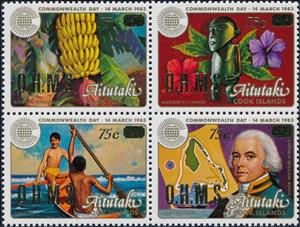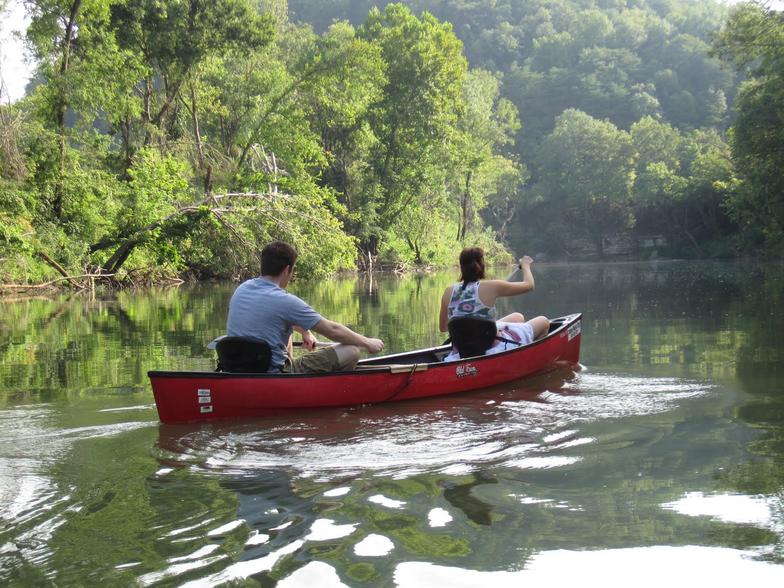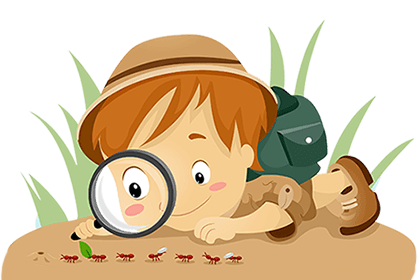Se-tenant: Commonwealth Day 1983, overprinted O.H.M.S. (Aitutaki 1985)
Commonwealth Day 1983, overprinted O.H.M.S. (Aitutaki 1985)
09 August (Aitutaki ) within release Ohms goes into circulation Se-tenant Commonwealth Day 1983, overprinted O.H.M.S. face value 4*75 Cook Islands cent
| Se-tenant Commonwealth Day 1983, overprinted O.H.M.S. in catalogues | |
|---|---|
| Michel: | Mi: CK-AI D29-32 |
| Stamp Number: | Sn: CK-AI O32a |
Se-tenant is square format.
75c on 48cAlso in the issue Ohms:
- Stamp - OHMS and 75c Surcharge on 1983 Captain Bligh and Bounty stam face value 75;
- Stamp - Commonwealth Day 1983, overprinted O.H.M.S. face value 75;
- Stamp - Commonwealth Day 1983, overprinted O.H.M.S. face value 75;
- Se-tenant - Commonwealth Day 1983, overprinted O.H.M.S. face value 4*75;
- Stamp - Gouldian Finch (Erythrura gouldiae), overprinted O.H.M.S. face value 2;
- Stamp - Commonwealth Day 1983, overprinted O.H.M.S. face value 75;
- Stamp - Common Barn Owl (Tyto alba), overprinted O.H.M.S. face value 20;
- Stamp - Chestnut-breasted Mannikin, overprinted O.H.M.S. face value 80;
- Stamp - Purple Swamphen (Porphyrio porphyrio), overprinted O.H.M.S. face value 60;
- Stamp - Australian Golden Whistler, overprinted O.H.M.S. face value 10;
- Stamp - White-breasted Woodswallow, overprinted O.H.M.S. face value 40;
- Stamp - Java Sparrow (Padda oryzivora), overprinted O.H.M.S. face value 30;
- Stamp - Tahitian Lori (Vini peruviana), overprinted O.H.M.S. face value 55;
- Stamp - Rufous Fantail (Rhipidura rufifrons), overprinted O.H.M.S. face value 12;
- Stamp - Zebra Dove (Geopelia striata), overprinted O.H.M.S. face value 65;
- Stamp - Peregrine Falcon (Falco peregrinus), overprinted O.H.M.S. face value 18;
- Stamp - Pacific Robin (Petroica multicolor), overprinted O.H.M.S. face value 5;
- Stamp - Rock Pigeon (Columba livia), overprinted O.H.M.S. face value 50;
Se-tenant Commonwealth Day 1983, overprinted O.H.M.S. it reflects the thematic directions:
Canoeing is an activity which involves paddling a canoe with a single-bladed paddle. Common meanings of the term are limited to when the canoeing is the central purpose of the activity. Broader meanings include when it is combined with other activities such as canoe camping, or where canoeing is merely a transportation method used to accomplish other activities. Most present-day canoeing is done as or as a part of a sport or recreational activity. In some parts of Europe canoeing refers to both canoeing and kayaking, with a canoe being called an open canoe.
Exploration is the process of exploring, an activity which has some expectation of discovery. Organised exploration is largely a human activity, but exploratory activity is common to most organisms capable of directed locomotion and the ability to learn, and has been described in, amongst others, social insects foraging behaviour, where feedback from returning individuals affects the activity of other members of the group
A flower, sometimes known as a bloom or blossom, is the reproductive structure found in plants that are floral (plants of the division Magnoliophyta, also called angiosperms). The biological function of a flower is to effect reproduction, usually by providing a mechanism for the union of sperm with eggs. Flowers may facilitate outcrossing (fusion of sperm and eggs from different individuals in a population) or allow selfing (fusion of sperm and egg from the same flower). Some flowers produce diaspores without fertilization (parthenocarpy). Flowers contain sporangia and are the site where gametophytes develop. Many flowers have evolved to be attractive to animals, so as to cause them to be vectors for the transfer of pollen. After fertilization, the ovary of the flower develops into fruit containing seeds. In addition to facilitating the reproduction of flowering plants, flowers have long been admired and used by humans to beautify their environment, and also as objects of romance, ritual, religion, medicine and as a source of food.
In botany, a fruit is the seed-bearing structure in flowering plants (also known as angiosperms) formed from the ovary after flowering. Fruits are the means by which angiosperms disseminate seeds. Edible fruits, in particular, have propagated with the movements of humans and animals in a symbiotic relationship as a means for seed dispersal and nutrition; in fact, humans and many animals have become dependent on fruits as a source of food. Accordingly, fruits account for a substantial fraction of the world's agricultural output, and some (such as the apple and the pomegranate) have acquired extensive cultural and symbolic meanings. In common language usage, "fruit" normally means the fleshy seed-associated structures of a plant that are sweet or sour, and edible in the raw state, such as apples, bananas, grapes, lemons, oranges, and strawberries. On the other hand, in botanical usage, "fruit" includes many structures that are not commonly called "fruits", such as bean pods, corn kernels, tomatoes, and wheat grains. The section of a fungus that produces spores is also called a fruiting body.
A map is a symbolic depiction emphasizing relationships between elements of some space, such as objects, regions, or themes. Many maps are static, fixed to paper or some other durable medium, while others are dynamic or interactive. Although most commonly used to depict geography, maps may represent any space, real or imagined, without regard to context or scale, such as in brain mapping, DNA mapping, or computer network topology mapping. The space being mapped may be two dimensional, such as the surface of the earth, three dimensional, such as the interior of the earth, or even more abstract spaces of any dimension, such as arise in modeling phenomena having many independent variables. Although the earliest maps known are of the heavens, geographic maps of territory have a very long tradition and exist from ancient times. The word "map" comes from the medieval Latin Mappa mundi, wherein mappa meant napkin or cloth and mundi the world. Thus, "map" became the shortened term referring to a two-dimensional representation of the surface of the world.





